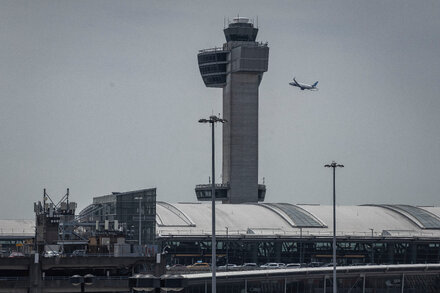A powerful earthquake struck the central Philippines early Tuesday, killing at least six people and causing significant damage across several provinces, according to local officials and initial news reports. The Philippine Institute of Volcanology and Seismology (Phivolcs) reported a magnitude 6.8 tremor that hit at approximately 4:10 AM local time, with its epicenter located off the coast of Cebu.
The quake, which had a relatively shallow depth of about 25 kilometers, triggered widespread panic, sending residents rushing out of their homes. Initial reports indicate that the fatalities occurred due to collapsing structures and debris, primarily in Cebu and parts of Negros Oriental. Authorities have warned that the death toll could rise as rescue operations continue and access to remote areas improves.
“We are heartbroken by the loss of life and the immense suffering this earthquake has caused,” said Governor Hilario P. Davide III of Cebu Province in a televised address. “Our priority is to reach those trapped, provide medical aid to the injured, and ensure the safety of our communities. We ask for everyone’s cooperation and resilience during this challenging time.”
Infrastructure suffered considerable damage, with several roads rendered impassable by landslides and cracks. Power outages were reported across large swathes of the affected regions, complicating rescue efforts that are currently underway. Historic buildings and older structures in cities like Cebu City and Dumaguete have shown visible signs of distress, with some partially collapsing.
Rescue and Relief Operations Underway
Emergency response teams, including military personnel, police, and volunteer groups, have been mobilized to conduct search and rescue operations. Hospitals in Cebu and neighboring provinces are treating dozens of injured individuals, with injuries ranging from minor cuts and bruises to severe trauma. Disaster officials have begun assessing the extent of the damage to public infrastructure and private properties.
The National Disaster Risk Reduction and Management Council (NDRRMC) confirmed that relief supplies, including food, water, and temporary shelter, are being dispatched to the hardest-hit areas. They also advised residents to remain vigilant against aftershocks, which have been frequently felt since the main tremor.
“The ground is still unstable, and aftershocks pose a continuous threat,” warned Renato Solidum Jr., Director of Phivolcs. “We urge everyone to stay in safe, open areas if possible, and to follow all advisories from local authorities. Tsunami warnings were not issued as the earthquake was primarily land-based, but coastal communities should still exercise caution.”
The Philippines sits on the “Pacific Ring of Fire,” an arc of seismic faults around the Pacific Ocean where earthquakes and volcanic activity are common. The country experiences frequent tremors, though major quakes causing significant casualties are less common but devastating when they occur.
Source: Read the original article here.





